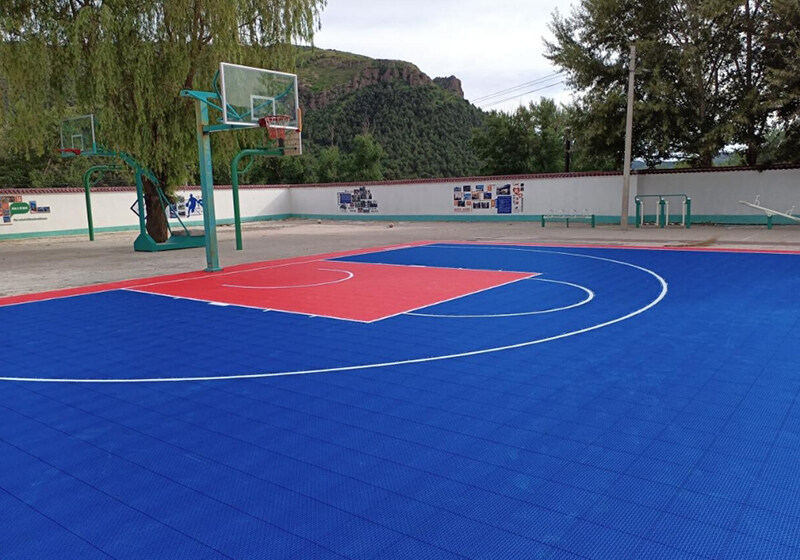Email cannot be empty
Password cannot be empty
Email format error
Email cannot be empty
Email already exists
6-20 characters(letters plus numbers only)
The password is inconsistent
Email format error
Email cannot be empty
Email does not exist
6-20 characters(letters plus numbers only)
The password is inconsistent


Instead of concrete, there are several alternatives for an outdoor basketball court surface
Asphalt: Asphalt is a commonly used and cost-effective alternative to concrete for outdoor courts. It provides a smooth and durable surface that can withstand heavy use. However, it may require periodic maintenance and resurfacing.
Rubber: Rubber tiles or poured-in-place rubber surfaces are popular choices for basketball courts. These surfaces offer good shock absorption, excellent traction, and are relatively low maintenance. They are also more forgiving on joints and reduce the risk of injuries.
Acrylic or Polyurethane: Acrylic or polyurethane surfaces are often used for professional or high-performance outdoor courts. These coatings provide a durable, non-slip surface with excellent ball bounce. They can be applied over asphalt or concrete surfaces and require regular maintenance to preserve their quality.
Interlocking Tiles: Interlocking tiles made of materials like polypropylene or polyethylene can be used to create an outdoor basketball court. These tiles snap together and provide a stable and forgiving surface. They are easy to install, maintain, and can be customized with different colors and designs.
When choosing an alternative to concrete, consider factors such as cost, durability, maintenance requirements, shock absorption, and player comfort. Consulting with a professional court contractor can help you determine the best option based on your specific needs and.
I highly recommend interlocking floors here, and this post gives a thorough description of their benefits.